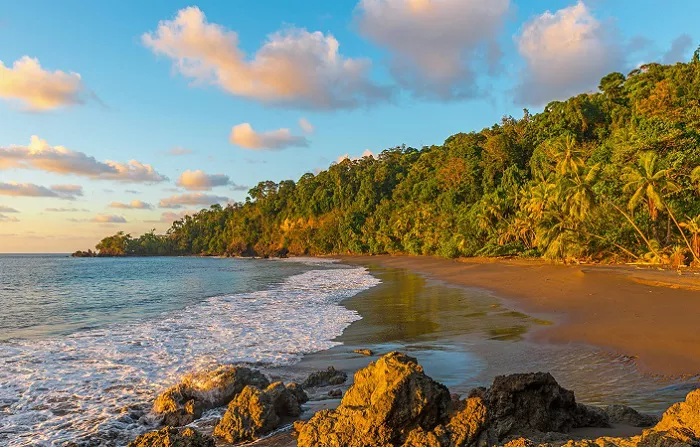Costa Rica’s southern region, particularly the Osa Peninsula and Corcovado National Park, stands as one of the world’s most biodiverse areas. Home to jaguars, tapirs, scarlet macaws, and a host of other species, its rainforests are a magnet for eco-tourists from around the globe. However, local conservationists are raising concerns that unregulated infrastructure development—especially road expansions and potential electrification—could jeopardize these sensitive ecosystems.
At the center of the debate is National Route 245, a critical corridor connecting Puerto Jiménez to Carate Beach, the primary entry point to Corcovado National Park. Originally constructed to enhance access to national parks and facilitate airstrip traffic, the road plays a significant role in supporting Costa Rica’s ecotourism sector, which contributes 8.2% to the nation’s GDP. Nonetheless, conservationists argue that insufficient environmental impact assessments have resulted in unintended ecological consequences.
Wildlife fatalities have increased along busy stretches of the route, with species such as ocelots and monkeys falling victim to vehicular collisions. Experts warn that roads fragment habitats, isolating animal populations and reducing their chances of survival. This phenomenon, compounded by agricultural expansion, poses a growing threat to endangered species like the spider monkey throughout the country.
The stakes are particularly high in the Osa region. Corcovado National Park alone harbors more than 500 species of trees, 140 mammals, and 400 birds. National Geographic once described it as “the most biologically intense place on Earth.” The park’s trails, including the route between La Leona and Sirena ranger stations, are popular among tourists eager to catch glimpses of rare wildlife. However, increasing visitor numbers and adjacent development continue to place mounting pressure on the environment.
“Ecotourism brings jobs and pride to our communities,” a tour operator in Puerto Jiménez stated. “But if we lose our wildlife, we lose what makes this place special.”
Another contentious issue is the proposed expansion of the national electricity grid into rural parts of Osa. Although Costa Rica generates 98% of its power from renewable sources and is celebrated globally for its sustainability efforts, the extension of power lines into remote areas could damage forests and wetlands. While no official plans currently affect Corcovado’s entrances, conservation advocates are urging caution.
“Any electrification must include rigorous environmental assessments,” emphasized a local activist. “We can’t sacrifice biodiversity for progress.”
Costa Rica’s commitment to sustainable tourism is widely recognized, with nearly 30% of its land under protection and certification programs that set international benchmarks. Recent emphasis has shifted toward “regenerative tourism”—an approach that not only minimizes ecological harm but actively contributes to environmental restoration. Initiatives like the Bosque Vivo project in Corcovado, which monitors bird populations as indicators of forest health, exemplify how tourism can support conservation. However, such efforts may be undermined by poorly planned infrastructure projects.
Local communities are calling for a balanced approach. Although repairs to Route 245 are seen as necessary due to its deteriorating condition, residents and environmental groups insist that all development must comply with stringent environmental regulations.
“We need development that respects nature,” said a community leader from Golfito. “That means involving experts, conducting studies, and ensuring transparency.”
Community-driven initiatives in places like Puerto Jiménez demonstrate the potential for sustainable progress. These programs employ locals as guides and actively invest in conservation efforts.
The Costa Rican government now faces a critical decision: whether to prioritize economic development through infrastructure or to safeguard the natural ecosystems that underpin its global reputation as an ecological haven. With two-thirds of the nation’s three million annual visitors drawn by its natural beauty, the stakes extend beyond biodiversity—they touch the heart of the country’s identity and future.
“If we protect our biodiversity, we protect our future,” said the Osa-based activist.
As development debates continue, the future of southern Costa Rica remains uncertain. Carefully planned and executed infrastructure could sustain both human and ecological prosperity. But poorly conceived projects risk irreversible damage, not only to wildlife but to the communities and visitors who depend on the region’s natural splendor.


